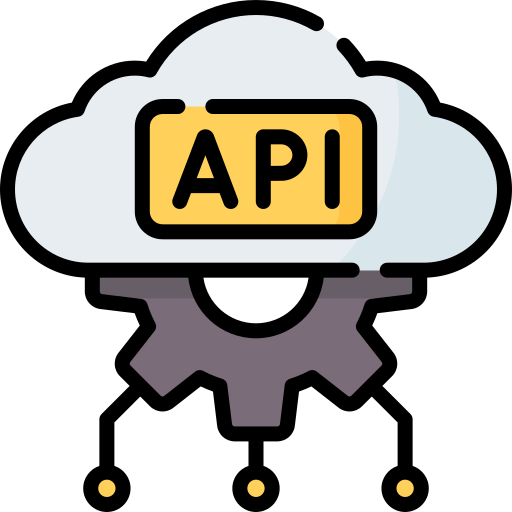In today’s interconnected world, APIs (Application Programming Interfaces) act as the glue that binds different applications and services together. They allow developers to access and leverage functionalities offered by other platforms, fostering innovation and collaboration. But for businesses that invest time and resources into building robust APIs, a crucial question arises: how can these APIs be turned into a revenue stream?
This is where API monetization comes in. It’s the art of generating revenue from your APIs, and it can be achieved through a variety of models. Here’s a breakdown of the key concepts and different approaches you can consider:
Understanding API Monetization
At its core, API monetization boils down to transforming your API from a technical asset into a valuable product. There are two main categories of monetization strategies: direct and indirect.
- Direct Monetization: This involves directly charging users for access and usage of your API. This can be done through various models like:
- Freemium: Offer a limited free tier with basic functionalities, while charging for premium features or increased usage.
- Pay-per-use: Charge users based on the number of API calls they make.
- Subscription: Provide tiered subscription plans with different access levels and usage limits.
- Indirect Monetization: Here, the API itself might be free to use, but it serves as a tool to drive revenue for your core business. Examples include:
- Increased engagement: A free API can attract developers to build applications on your platform, leading to a larger user base and potential for in-app purchases or advertising revenue.
- Data insights: By analyzing API usage data, you can gain valuable insights into user behavior and preferences, informing product development and marketing strategies.
Choosing the Right Model
The ideal API monetization model depends on several factors, including the value proposition of your API, your target audience, and your overall business goals. Here are some key considerations:
- API Value: Identify the unique value your API offers to developers. Does it provide access to exclusive data, powerful functionalities, or a large user base?
- Target Audience: Who are you targeting with your API? Are they individual developers, enterprise customers, or a mix of both?
- Business Goals: Is your primary objective direct revenue generation, or are you looking to leverage the API to drive user adoption for your core product?
Making it Work
Once you’ve chosen your monetization model, there are additional steps to ensure successful implementation:
- Developer Friendly Documentation: Provide clear, concise, and up-to-date API documentation to make it easy for developers to understand and integrate your API.
- Robust Developer Portal: Create a dedicated developer portal where users can learn about your API, access tools and resources, and manage their accounts.
- Analytics and Monitoring: Track API usage data to understand user behavior, identify potential pricing adjustments, and measure the overall success of your monetization strategy.
By carefully considering these factors and implementing the right strategies, you can transform your APIs from technical integrations into valuable revenue generators, fostering a win-win situation for both your business and the developer community.


